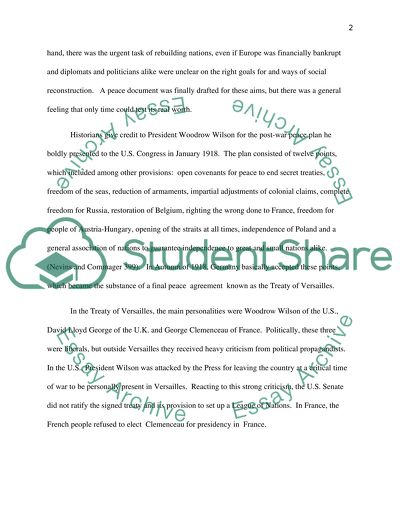Peak Points in World War I and II Research Paper. Retrieved from https://studentshare.org/history/1444019-the-holcaust-why-did-it-occur-and-what-did-america
Peak Points in World War I and II Research Paper. https://studentshare.org/history/1444019-the-holcaust-why-did-it-occur-and-what-did-america.


